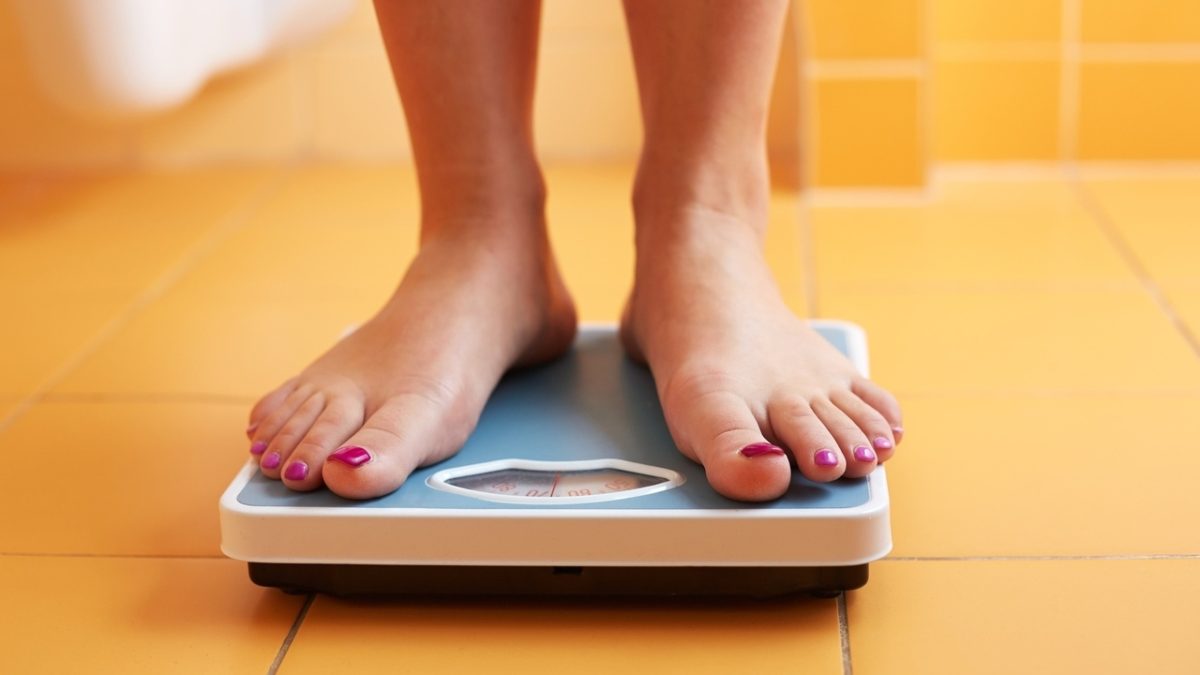FDA Approved: New AspireAssist Obesity Device

A majority of individuals are always looking for the next big weight loss fad. But what would you say to a new obesity treatment device that uses a surgically-placed tube to drain some of what you consumed after every meal? Well, the FDA says it’s safe and effective.
This new device is not for everyone; it is intended to assist weight loss in patients 22 and older with a body mass index of 35-55 that have failed to achieve and maintain weight-loss through non-surgical methods. Patients using this device will also have to be “regularly monitored by their healthcare provider and should follow a lifestyle program to help them develop healthier eating habits and reduce their calorie intake”, according to the FDA.
How Does it Work?
According to the FDA, surgeons will insert a tube into the patient’s stomach with an endoscope (a small camera) through an incision in the abdomen. A “disk-shaped port valve” will lie outside of the body but flush against the skin that is connected to the tube. About 30 minutes after each meal, the patient will have to attach the device’s external connector and tube to the port value, open the valve, and drain the contents of the stomach which takes approximately five to ten minutes and removes about 30 percent of the calories consumed.
The FDA does advise that patients must be frequently monitored by a healthcare provider to shorten the tube as they lose weight so that the disk can remain flush against the skin. The device also has a safety feature that keeps track of the number of times the drain tube is connected to the port. After 115 cycles (about 5-6 weeks), patients must return to their healthcare provider to get a replacement and continue the therapy. AspireAssist and the FDA says this safety feature “helps ensure patients use the device properly during therapy”.
Clinical Trial
In a clinical trial of 111 patients treated with AspireAssist and lifestyle therapy, patients lost an average of 12.1 percent of their total body weight over one year, compared to 60 patients who received only the lifestyle therapy and lost 3.6 percent of their total body weight in that same time period.
What are the risks?
There are risks to using this device, however, including abdominal bloating, infection, sedation-related breathing problems, unintended puncture of the stomach or intestinal wall and death. Risks related to the opening for the port valve in the abdomen include leakage, bleeding and infection. AspireAssist and the FDA report those with uncontrolled hypertension, diagnosed bulimia or a binge-eating disorder (to name a few) should not use Aspire Assist.
For more information on additional risks, the FDA’s approval announcement and AspireAssist, please visit: http://www.aspirebariatrics.com/
